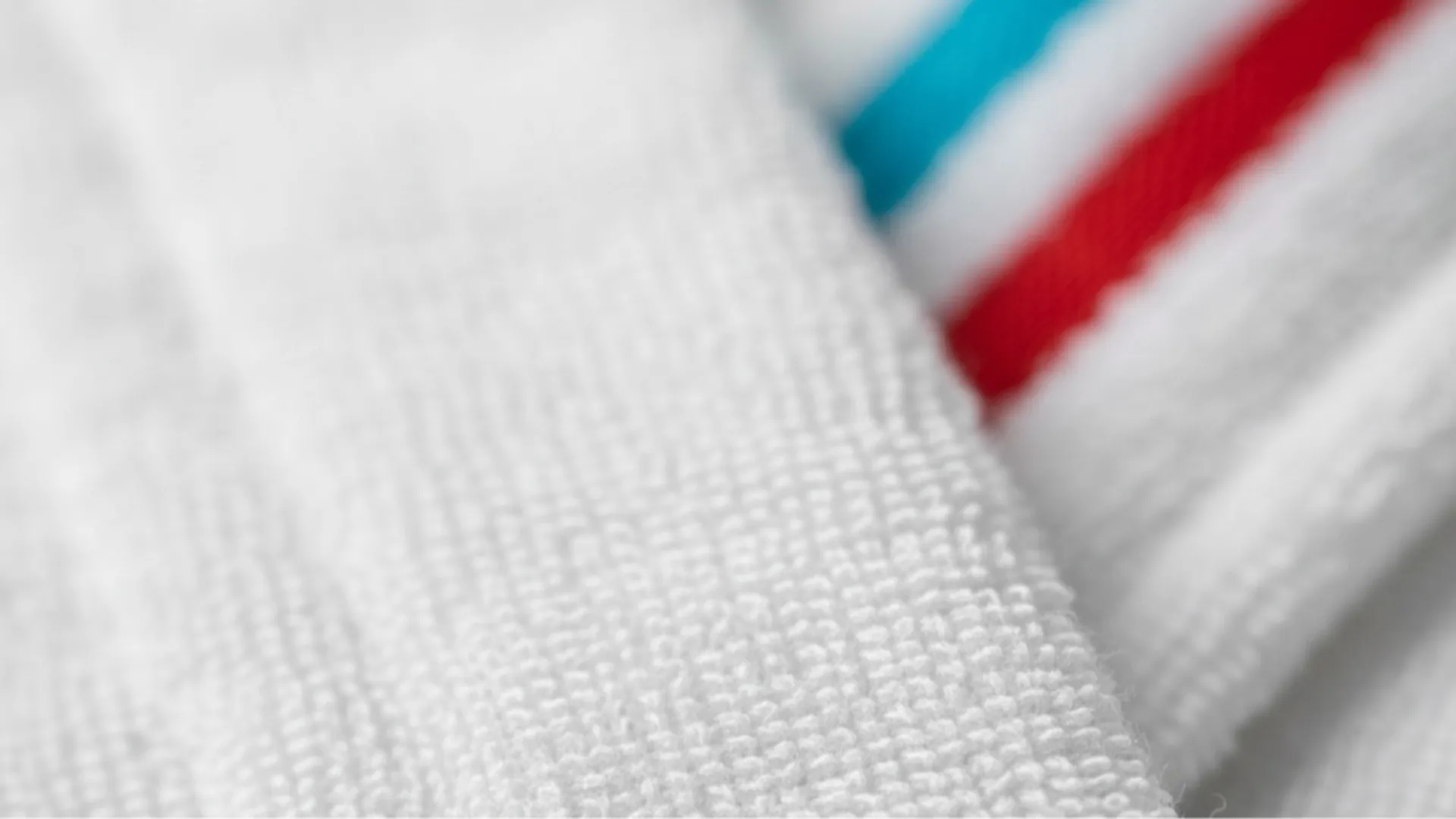In corporate spa and salon businesses, textile quality is one of the most visible elements of the guest experience. To enhance brand perception and encourage repeat visits, textile care processes must be managed professionally. Maintaining the desired softness level in towels and bathrobes requires structured, consistent practices supported by technology and staff training.
Fabric Softener Optimization in Spa and Salon Textile Washing
Corporate textile management requires clear policies on softener selection and application frequency. This section outlines professional techniques for preserving softness, focusing on dosage accuracy, application timing, fabric compatibility, and machine coordination. Low-temperature washing strategies protect fiber structure while saving energy. Equipment maintenance and filtration systems are equally vital for performance. Recordkeeping and quality monitoring should be integral to every process. Softener optimization goes beyond chemical choice—it demands procedural discipline, staff training, and supplier collaboration. When properly implemented, these practices increase textile lifespan and guest satisfaction.
Optimal Washing Programs for Fabric Protection and Softness
Choosing the right washing program requires considering material type, soil level, facility capacity, and client expectations. Program parameters such as temperature, cycle duration, spin speed, rinsing frequency, and auxiliary chemical dosage should align with softness preservation objectives. Low-temperature applications help maintain fiber integrity and reduce water use. Integrating pre-treatment and stain removal stages ensures hygiene compliance. Programs should follow professional machine manuals, with maintenance schedules strictly observed. Continuous staff training and supplier feedback loops drive measurable improvement in both texture and efficiency.
Balancing Comfort and Hygiene in Spa Textile Washing
In spa operations, balancing comfort and hygiene is essential to sustaining brand trust. Softness preservation must align with hygiene protocols and supplier competency. Selecting the right detergent and wash cycle ensures towels and bathrobes remain luxuriously soft while meeting sanitation standards. Service contracts should clearly define inspection frequency, disinfection steps, and temperature parameters. Staff training and waste management are non-negotiable. Supplier audits, capacity evaluations, and reference checks ensure accountability. Performance indicators and transparent reporting strengthen operational confidence. Tailored maintenance plans based on softness care techniques enhance consistency across spa services. Further insights can be explored in spa and salon textile washing and spa textile hygiene resources.
Sustainable Maintenance in Salon Textile Hygiene
In salons, textile hygiene underpins both customer confidence and operational reliability. Maintenance approaches must combine softness preservation with sustainability. Integrating softener optimization with stain removal and disinfection enhances efficiency. Appropriate product selection, dosing, and machinery calibration minimize wear and waste. Low-temperature washing saves energy and supports textile longevity. Collaborating with professional laundries enables predictive maintenance and consistent performance. Eco-friendly pre-treatments and natural fabric care solutions should be prioritized. Documented procedures, training materials, and supplier criteria ensure continuous improvement and verifiable quality outcomes.
Achieving Long-Lasting Softness with Professional Laundry Technology
Professional laundry systems strengthen textile durability through mechanical and chemical control points. Effective softener optimization involves choosing the right formulations, maintaining accurate dosages, and following strict process protocols. Programs must prevent residue buildup through calibrated spin speeds and rinse cycles. Stain removal and disinfection should be performed separately to protect fiber integrity. When combined with sustainable washing technologies, these practices yield water and energy savings. Regular equipment maintenance, filter cleaning, and chemical storage management are essential. Staff training and measurable quality metrics ensure long-term operational value, efficiency, and consistently soft results.
























